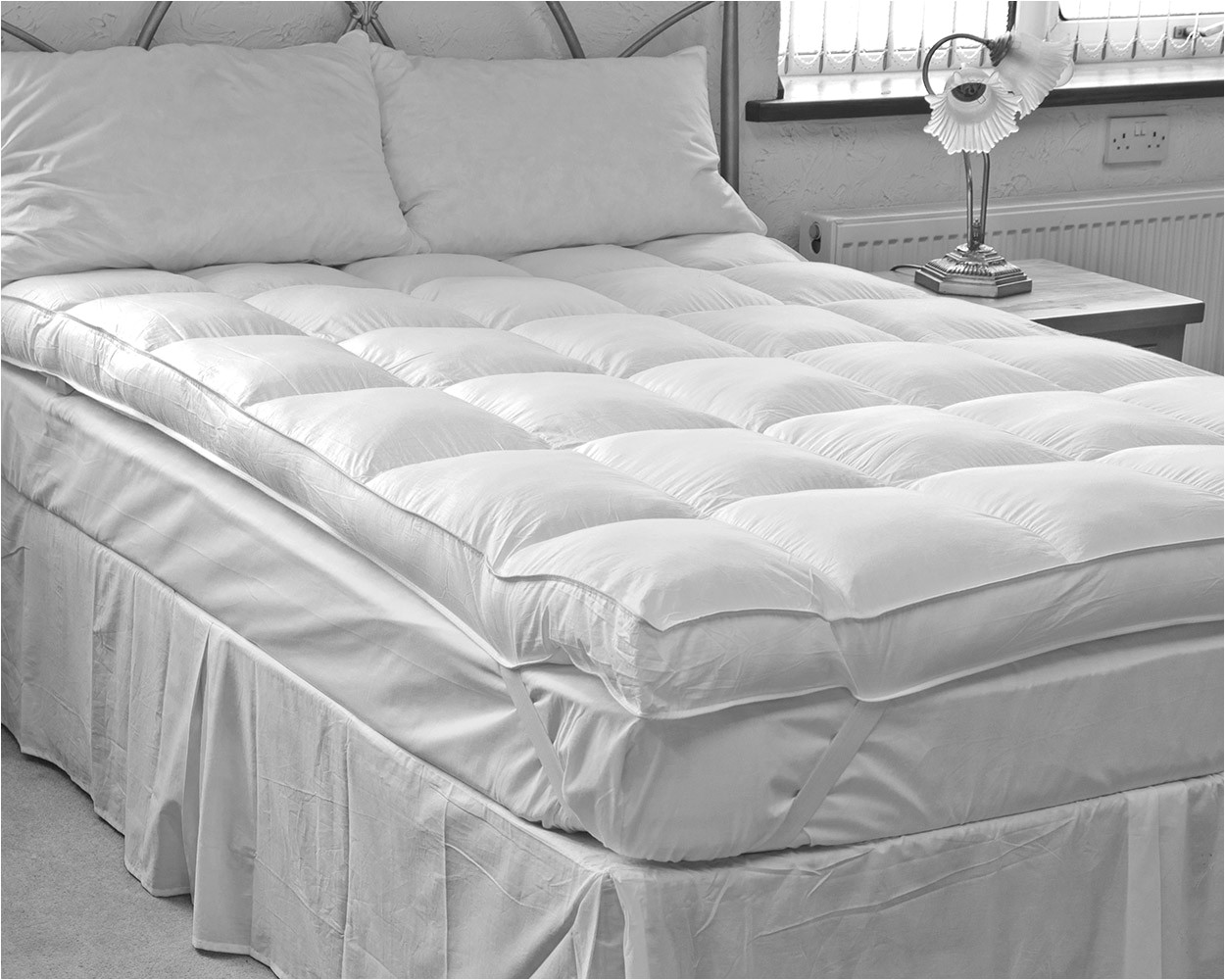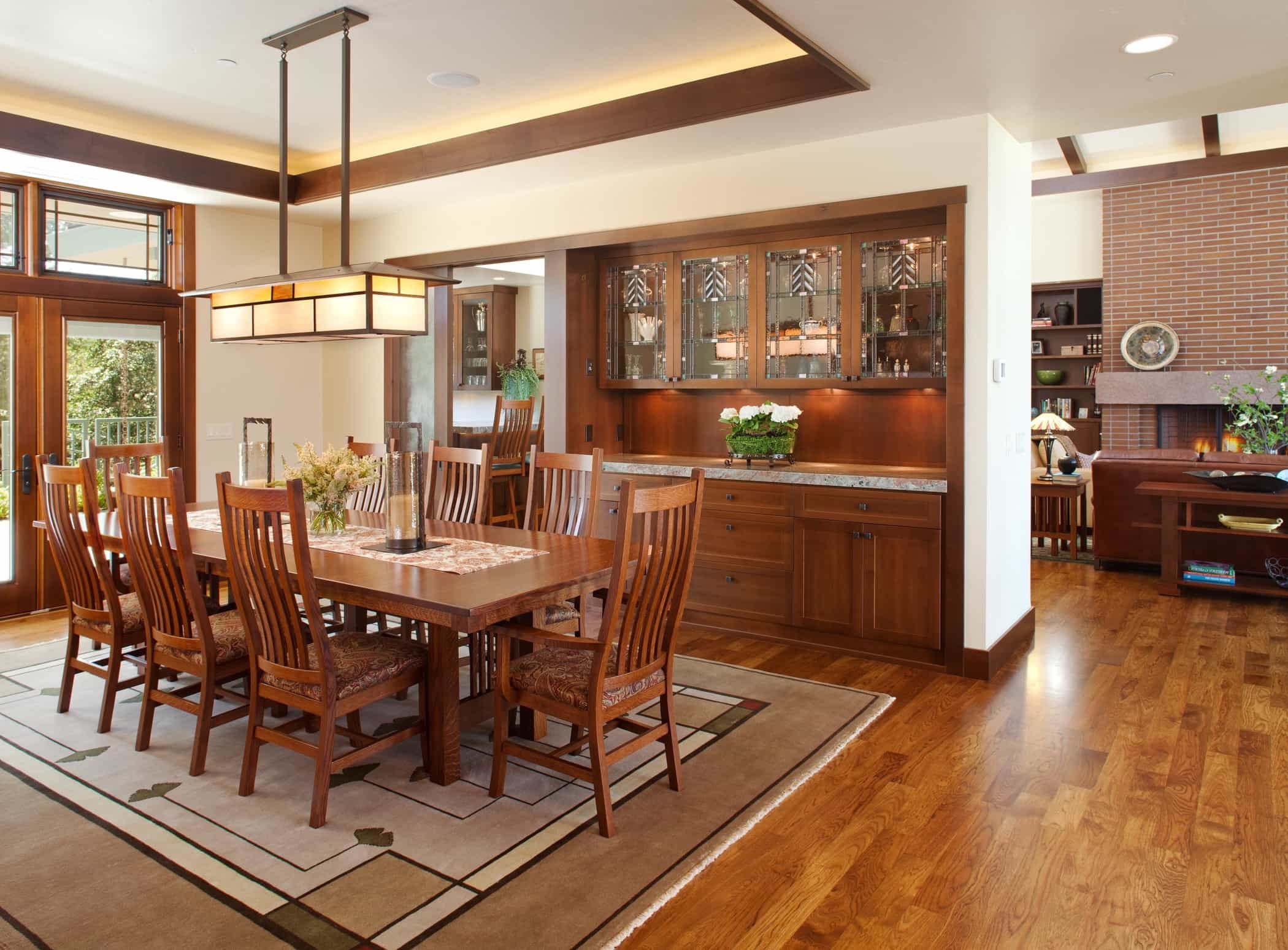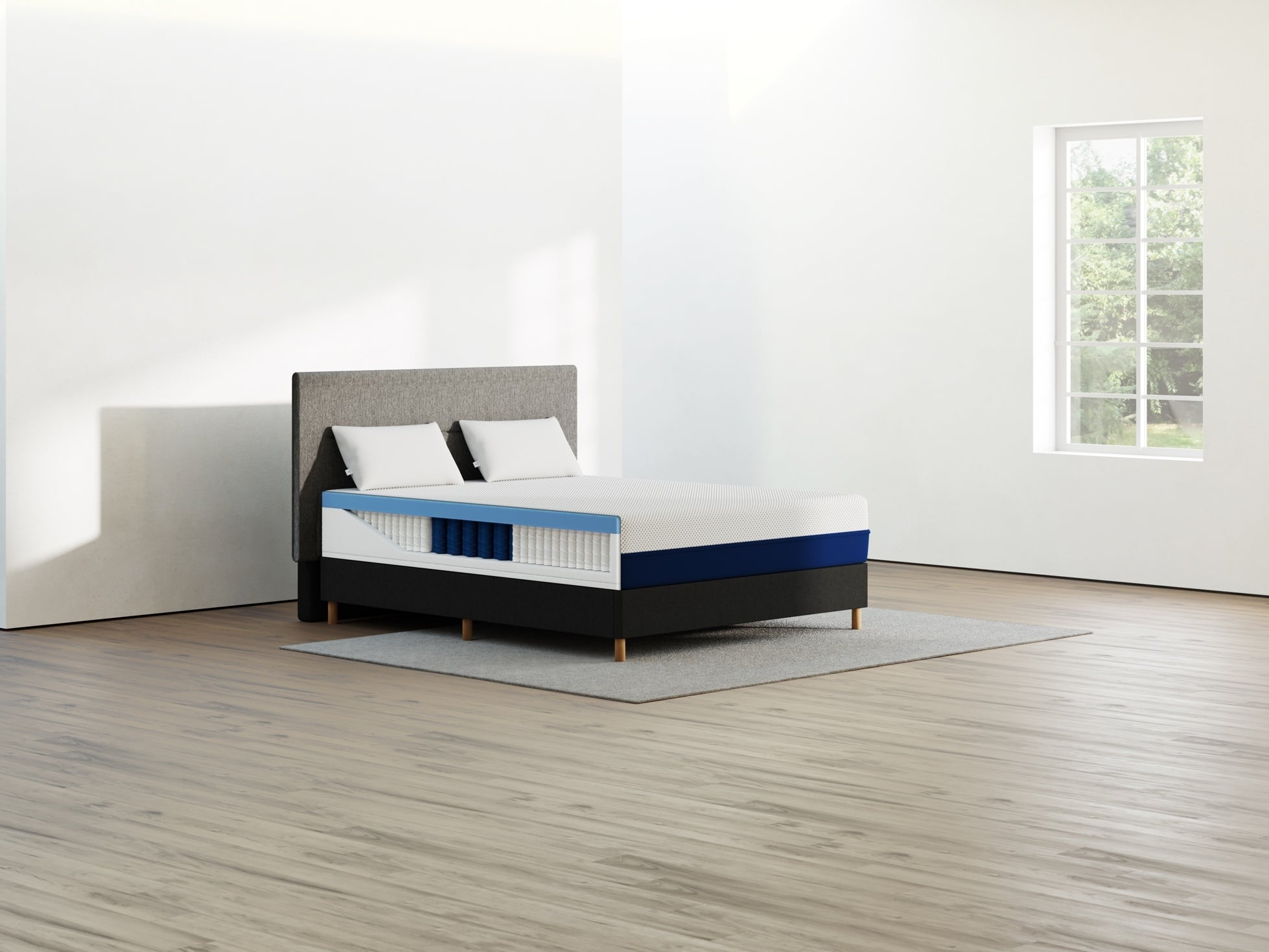If you're considering repainting your kitchen walls, you may have come across two popular options: satin and semi-gloss paint. While both types of paint have their own advantages, it's important to understand the differences between them to make the best choice for your kitchen. Let's take a closer look at the characteristics of satin and semi-gloss paint.What is the difference between satin and semi-gloss paint?
When it comes to choosing between satin and semi-gloss paint for your kitchen walls, it ultimately depends on your personal preference and the overall look you want to achieve. Satin paint has a softer, smoother finish compared to semi-gloss, which has a more reflective and shiny surface. If you prefer a more muted and subtle look, satin paint may be the better option for your kitchen walls.Which type of paint is better for kitchen walls?
Satin paint is a popular choice for kitchen walls because of its smooth and velvety appearance. It provides a more even and consistent coverage, making it great for hiding imperfections on the wall. Satin paint is also easier to clean compared to flat or matte paint, which is important for kitchen walls that are prone to stains and splatters. However, satin paint may not hold up well to heavy scrubbing and may show brush strokes or roller marks more easily compared to semi-gloss paint.Pros and cons of using satin paint for kitchen walls
Semi-gloss paint has a more high-shine and glossy finish, making it a popular choice for kitchen walls. It reflects light well, giving the room a brighter and more open feel. Semi-gloss paint is also highly durable and can withstand frequent cleaning and scrubbing, making it perfect for high-traffic areas like the kitchen. However, the glossy surface can also highlight imperfections on the wall, and it may require more coats to achieve an even finish.Pros and cons of using semi-gloss paint for kitchen walls
Choosing between satin and semi-gloss paint for your kitchen walls can be a tough decision. To make the best choice, consider the overall look you want to achieve in your kitchen. If you have a lot of natural light and want to create a bright and airy space, semi-gloss paint may be the way to go. On the other hand, if you prefer a more subtle and muted look, satin paint may be the better option.How to choose between satin and semi-gloss paint for kitchen walls
Some popular brands of satin paint for kitchen walls include Benjamin Moore Regal Select, Sherwin-Williams Cashmere, and Behr Marquee. These brands offer a wide range of colors and finishes to choose from, and they are known for their high-quality and durable paints.Best brands of satin paint for kitchen walls
When it comes to semi-gloss paint, some top brands include Valspar Ultra, Glidden Premium, and PPG Diamond. These brands offer a variety of colors and finishes, and their paints are known for their durability and easy-to-clean surfaces.Best brands of semi-gloss paint for kitchen walls
Before painting your kitchen walls, it's important to properly prepare the surface to ensure a smooth and long-lasting finish. Start by cleaning the walls with a mild detergent and warm water to remove any dirt or grime. Then, fill in any holes or cracks with spackling compound and sand them down once they are dry. Finally, use painter's tape to cover any trim or areas you don't want to paint.How to properly prepare kitchen walls for painting
To achieve a smooth finish with satin paint on your kitchen walls, it's important to use high-quality brushes or rollers and apply the paint in thin, even coats. Start by cutting in around the edges of the wall with a brush, and then use a roller to cover the rest of the surface. Avoid overloading the brush or roller with paint, as this can cause drips or uneven coverage. Allow the first coat to dry completely before applying a second coat for a more consistent finish.How to achieve a smooth finish with satin paint on kitchen walls
If you want to achieve a glossy finish with semi-gloss paint on your kitchen walls, the key is to use a high-quality paint and apply it evenly in thin coats. Start by cutting in around the edges of the wall with a brush, and then use a roller to cover the rest of the surface. Be sure to use long, even strokes to avoid visible brush or roller marks. Allow the first coat to dry completely before applying a second coat for a more glossy and reflective finish.How to achieve a glossy finish with semi-gloss paint on kitchen walls
The Importance of Choosing the Right Kitchen Wall Paint Finish
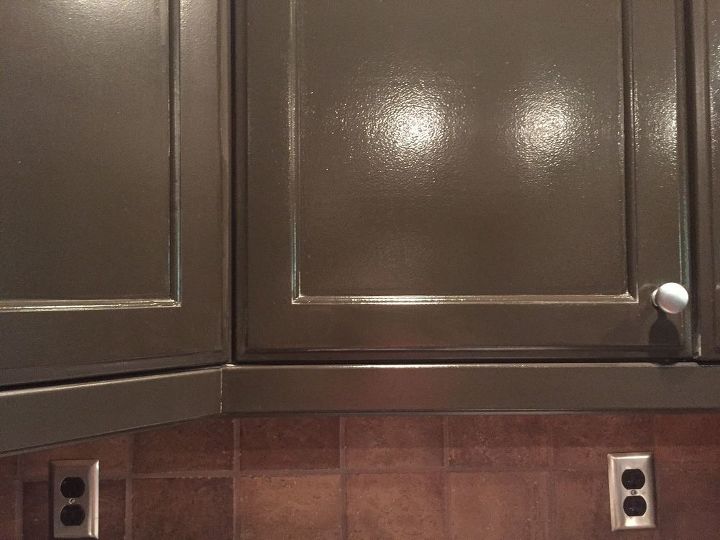
Choosing the right paint finish for your kitchen walls is a crucial decision that can greatly impact the overall look and feel of your house design. While there are many options available, two of the most popular choices are satin and semi-gloss finishes. Each has its own unique qualities and it's important to understand the differences between them in order to make the best choice for your kitchen.
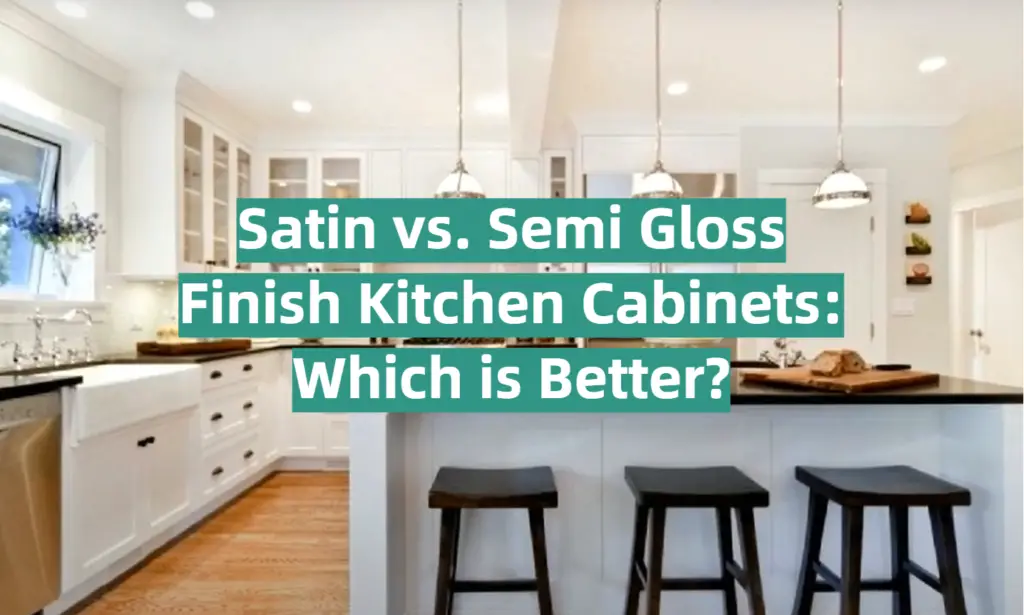
When it comes to kitchen wall paint, satin and semi-gloss finishes are both excellent choices for their durability and easy maintenance. Both finishes are also able to withstand high levels of moisture and are resistant to stains and mildew, making them perfect for the kitchen environment. However, there are some distinct differences between the two that should be considered before making your decision.
Satin finish is known for its smooth and velvety appearance, giving walls a subtle sheen without being too glossy. This finish is great for hiding imperfections on walls, making it ideal for older homes or walls with wear and tear. It also reflects light well, giving your kitchen a bright and airy feel.
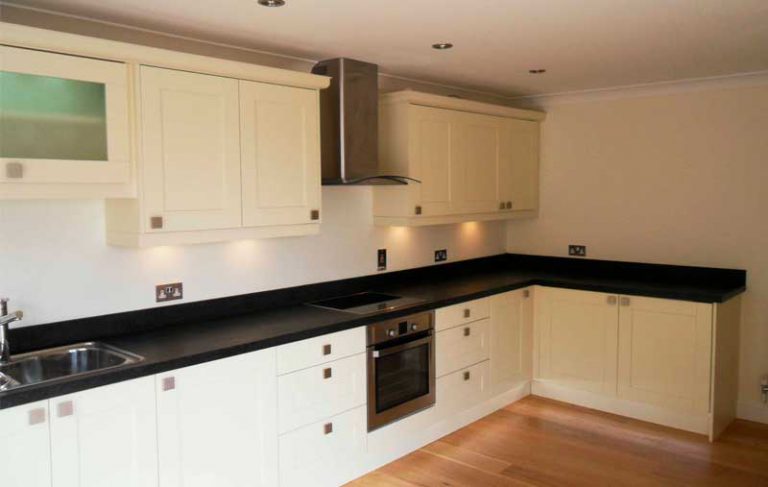
On the other hand, semi-gloss finish is more reflective and has a higher shine compared to satin. This finish is great for high-traffic areas, as it is more resistant to scratches and can be easily wiped clean. It also gives walls a more polished and modern look, making it a popular choice for contemporary house designs.
When deciding between the two, it is important to consider the overall aesthetic you want to achieve for your kitchen. Satin finish is great for a more subtle and cozy feel, while semi-gloss finish can add a touch of elegance and sophistication. You should also take into account the amount of natural light in your kitchen, as it can affect the way the finish appears on your walls.
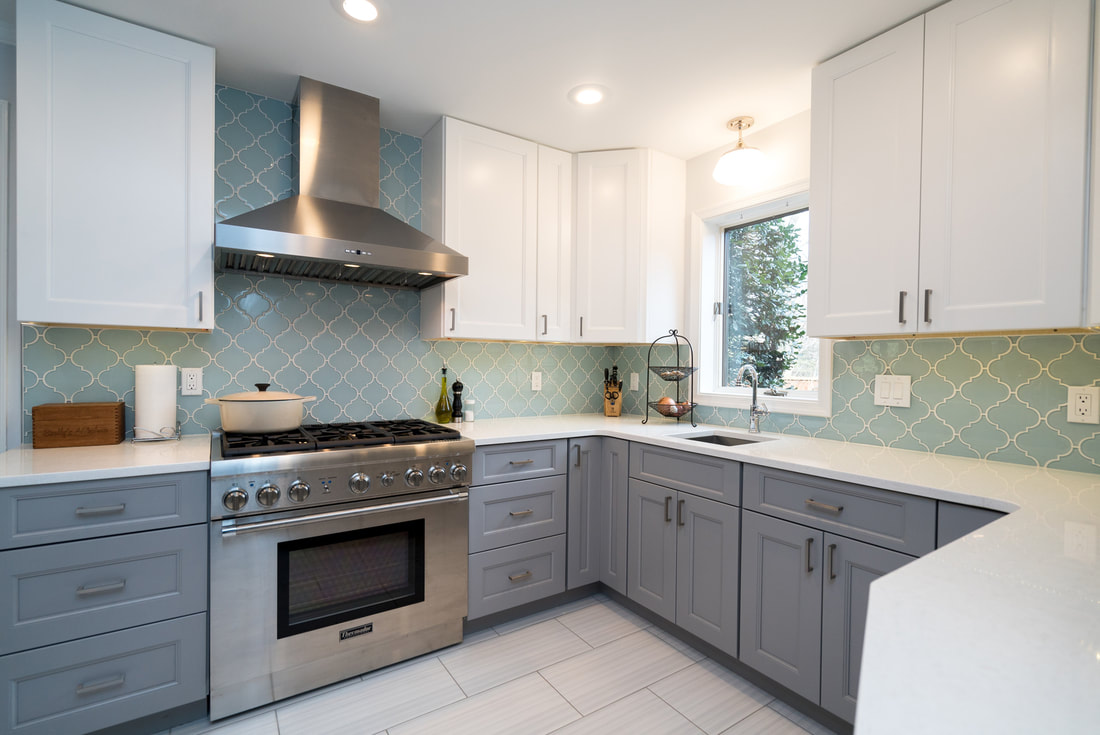
In conclusion, both satin and semi-gloss finishes have their own unique qualities that make them suitable for kitchen walls. It ultimately comes down to personal preference and the specific needs of your kitchen. Whichever you choose, make sure to properly prepare and prime your walls before painting to ensure a smooth and long-lasting finish.





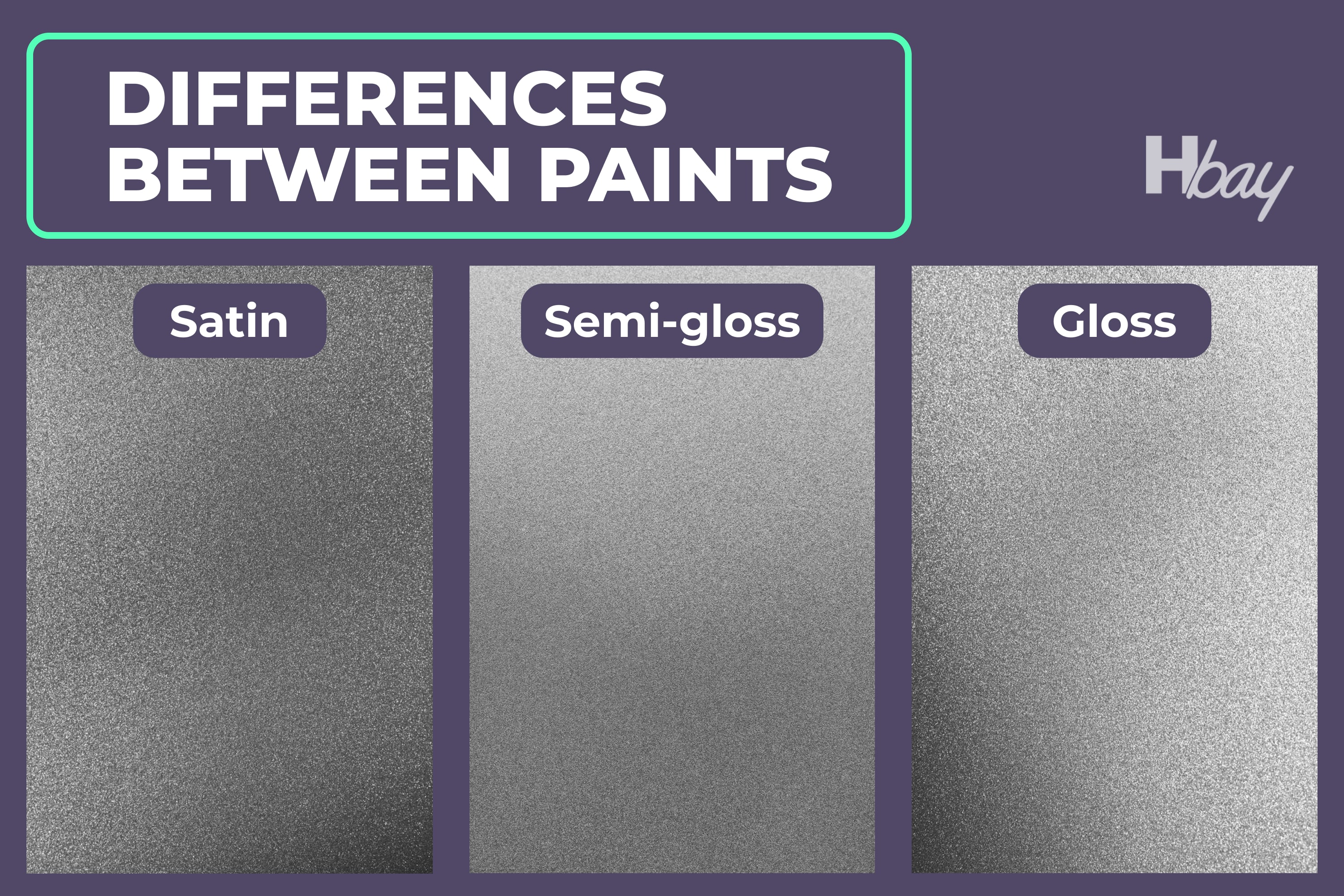
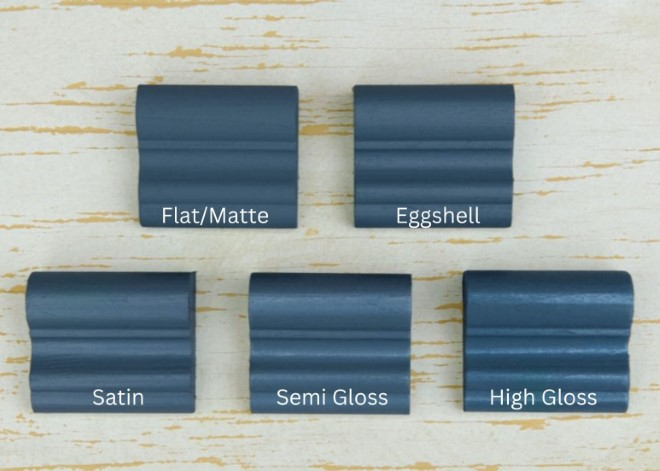
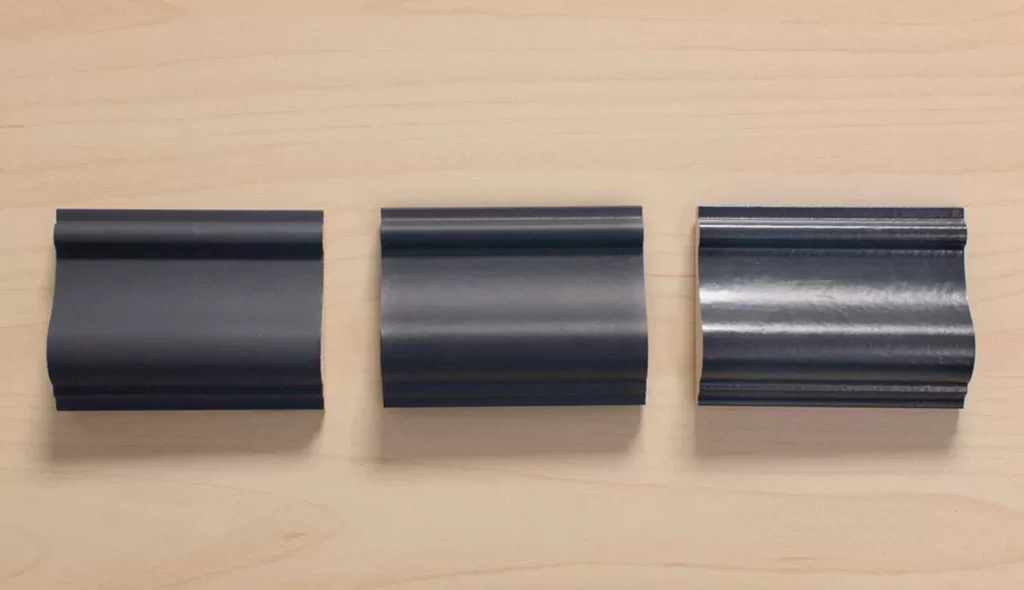
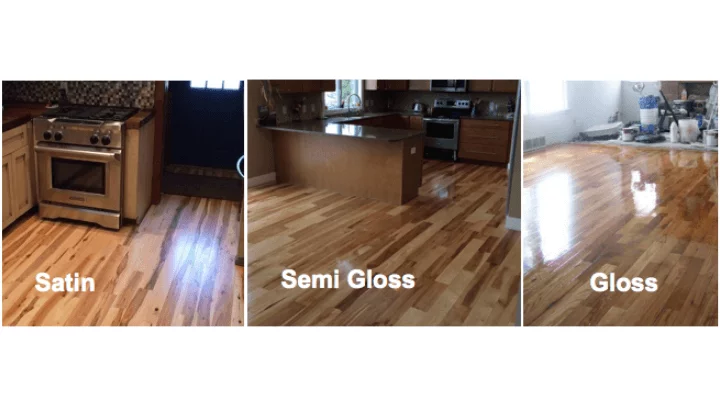
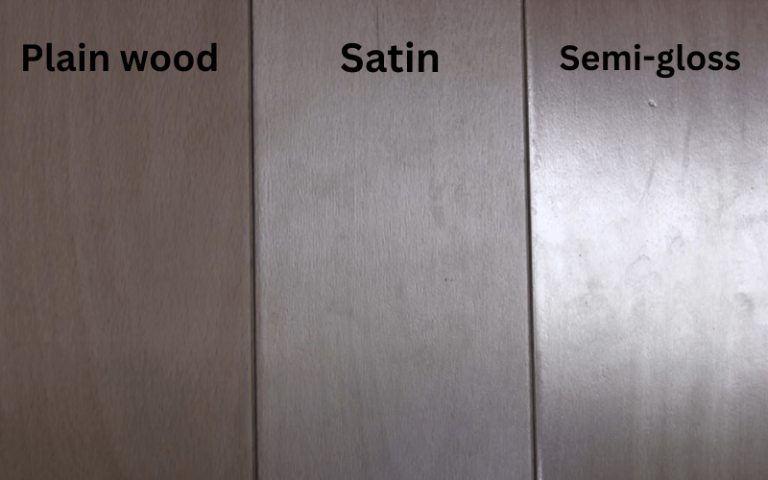

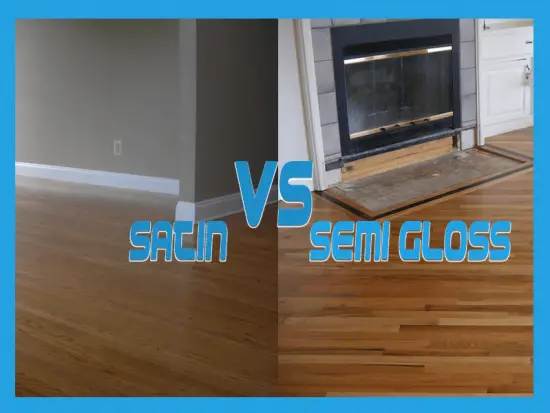



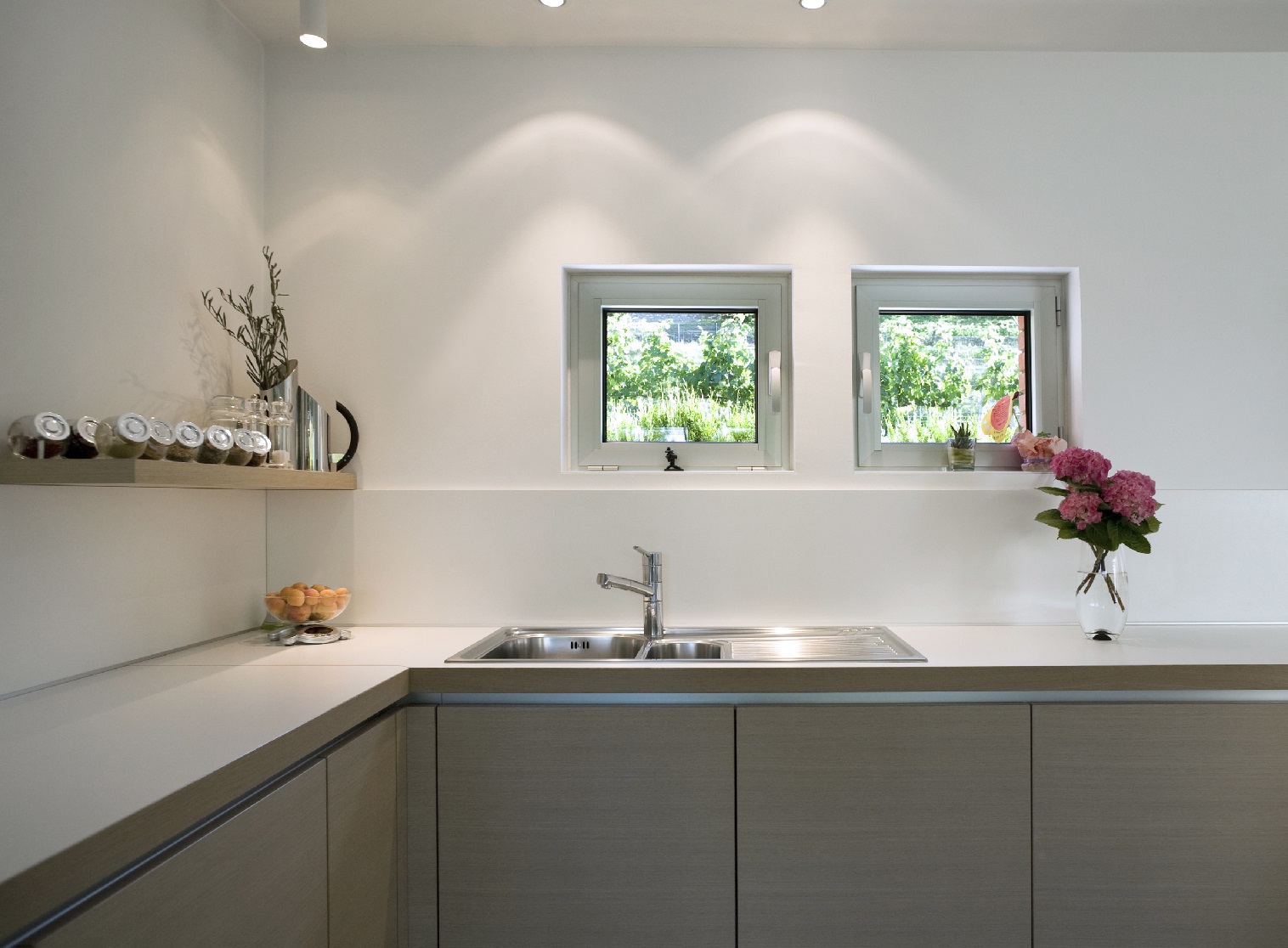

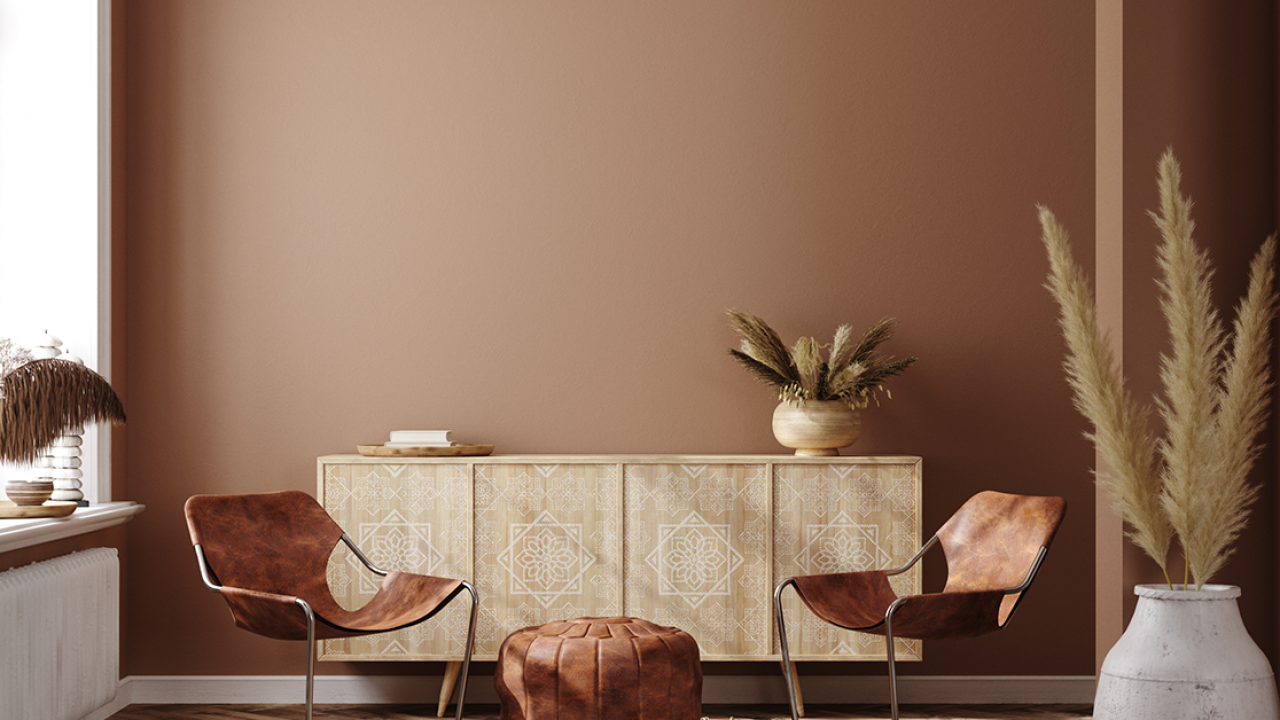

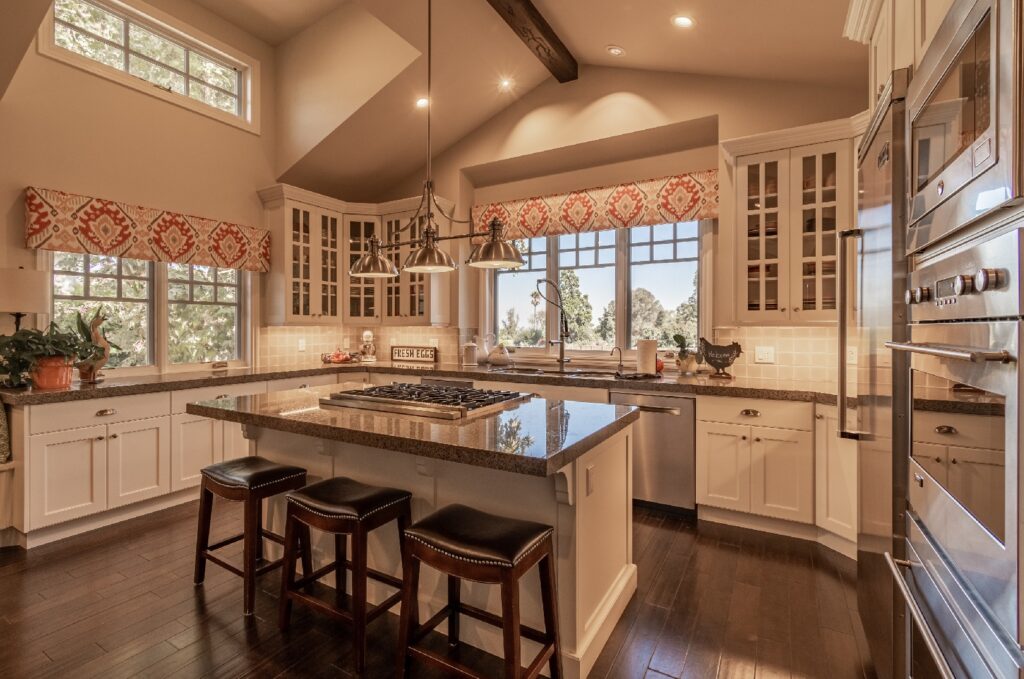
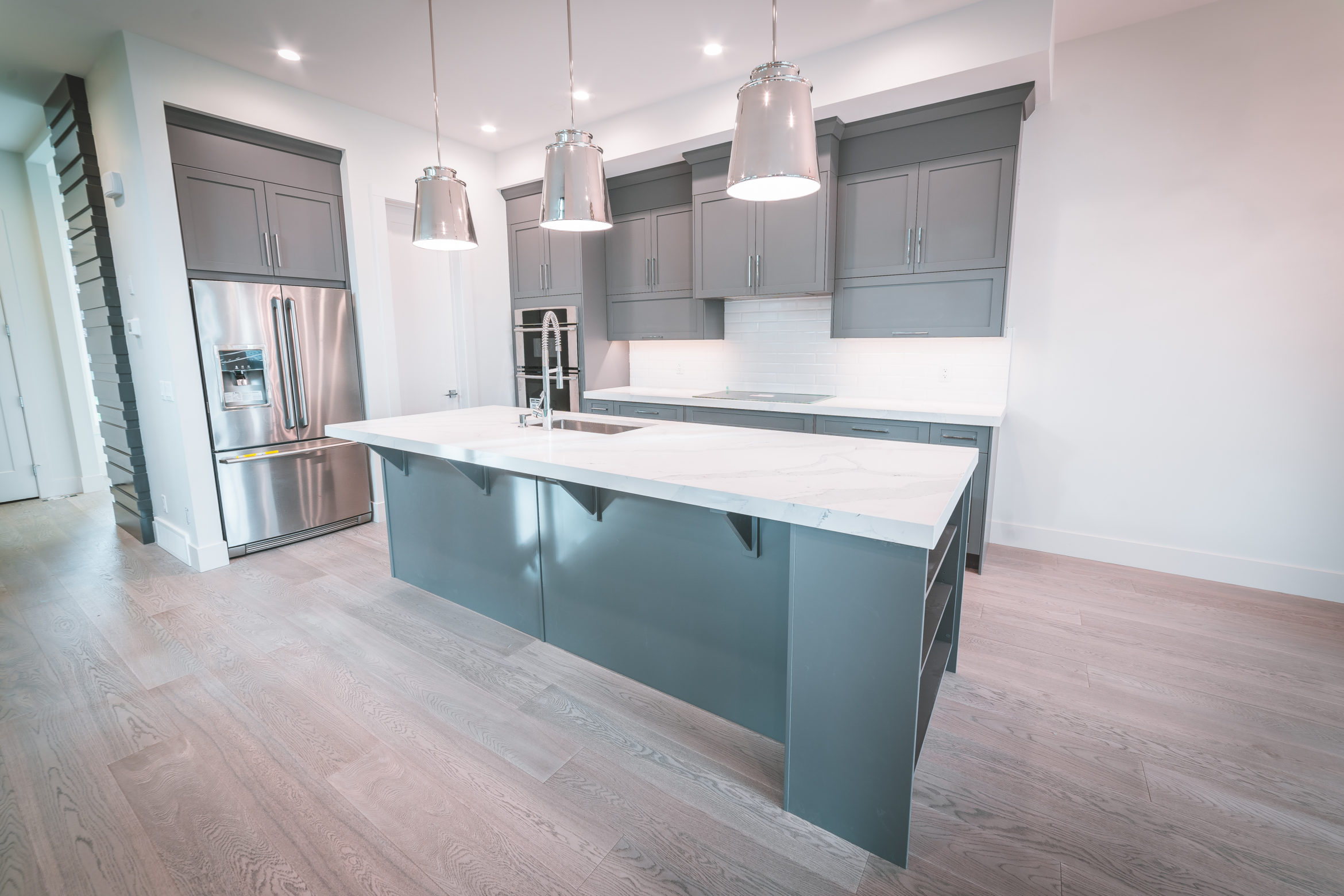




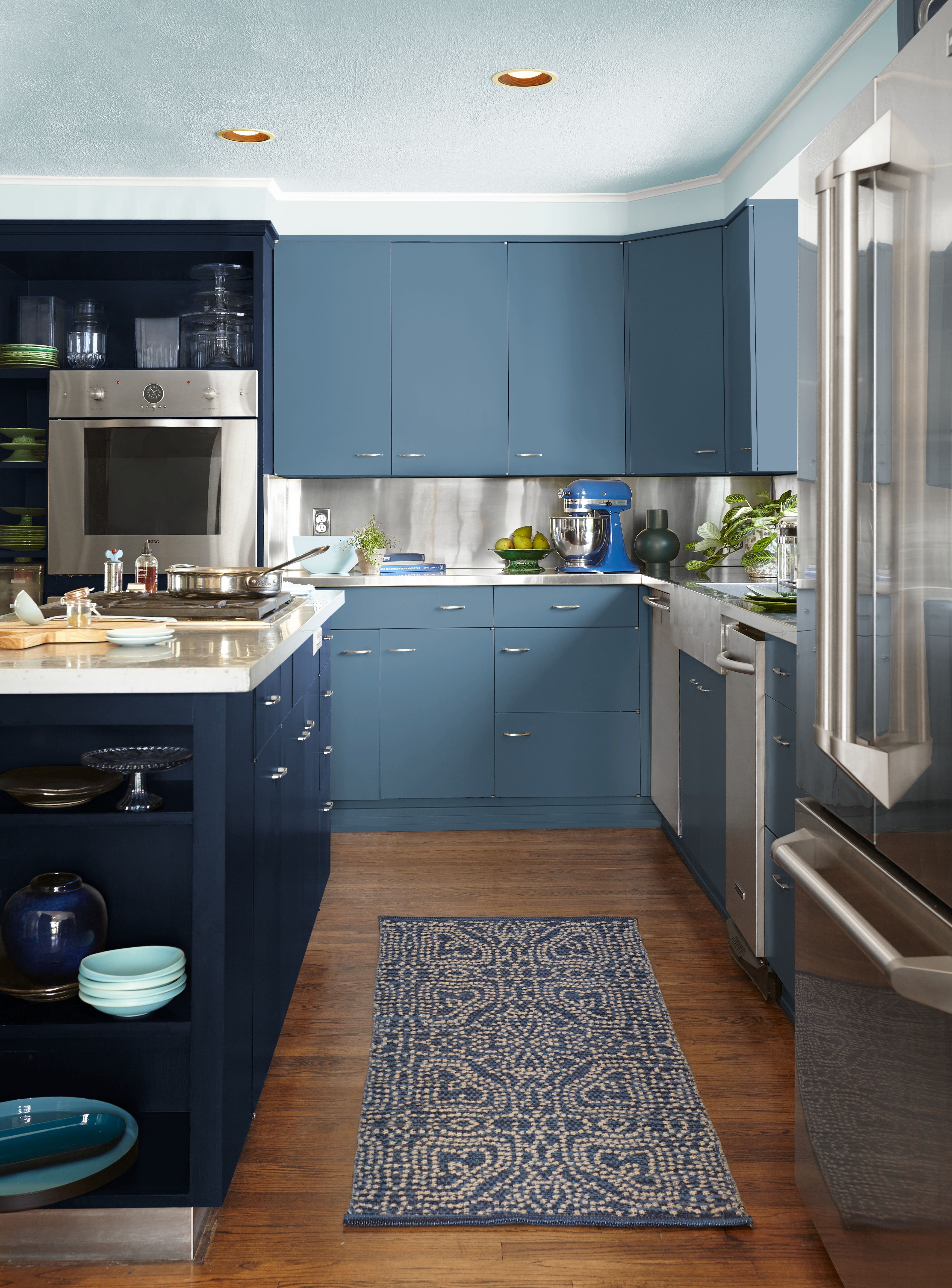
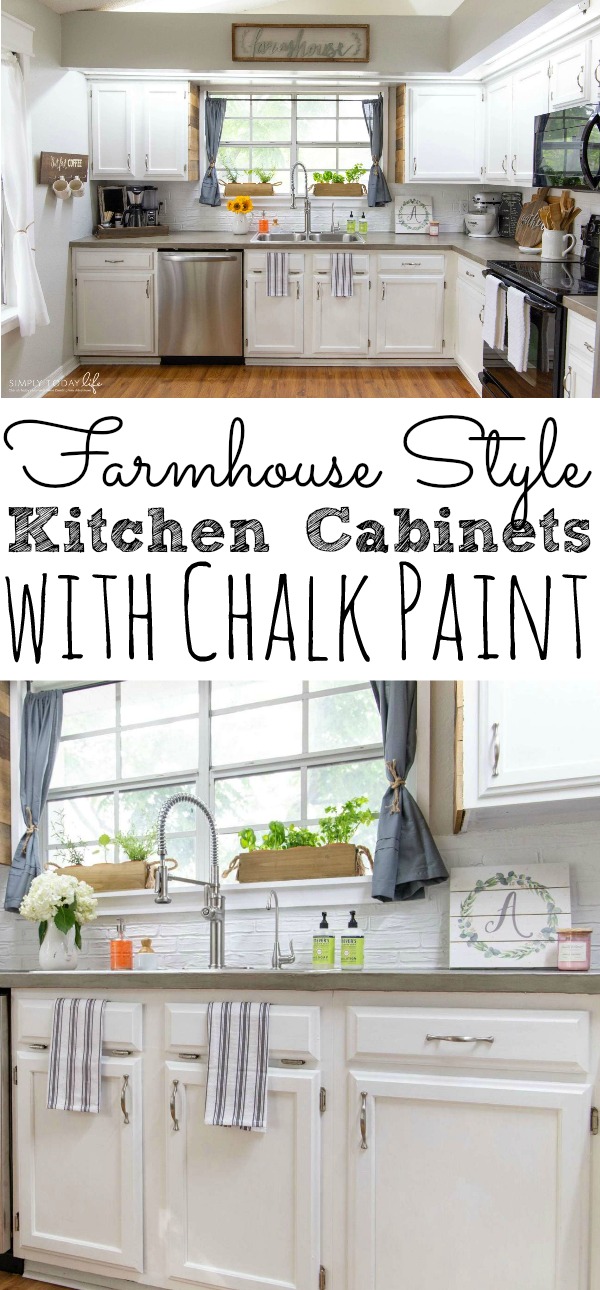









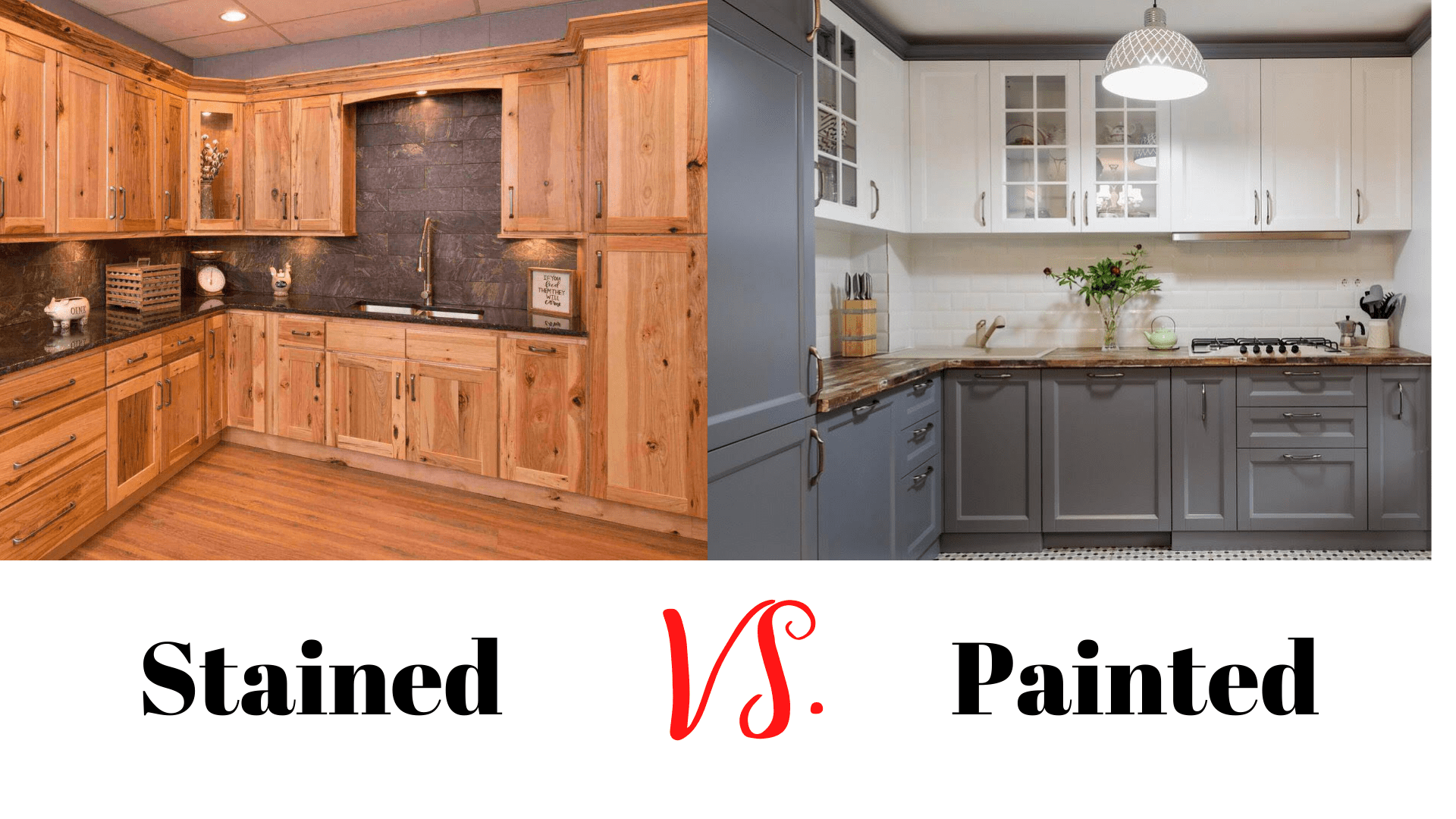


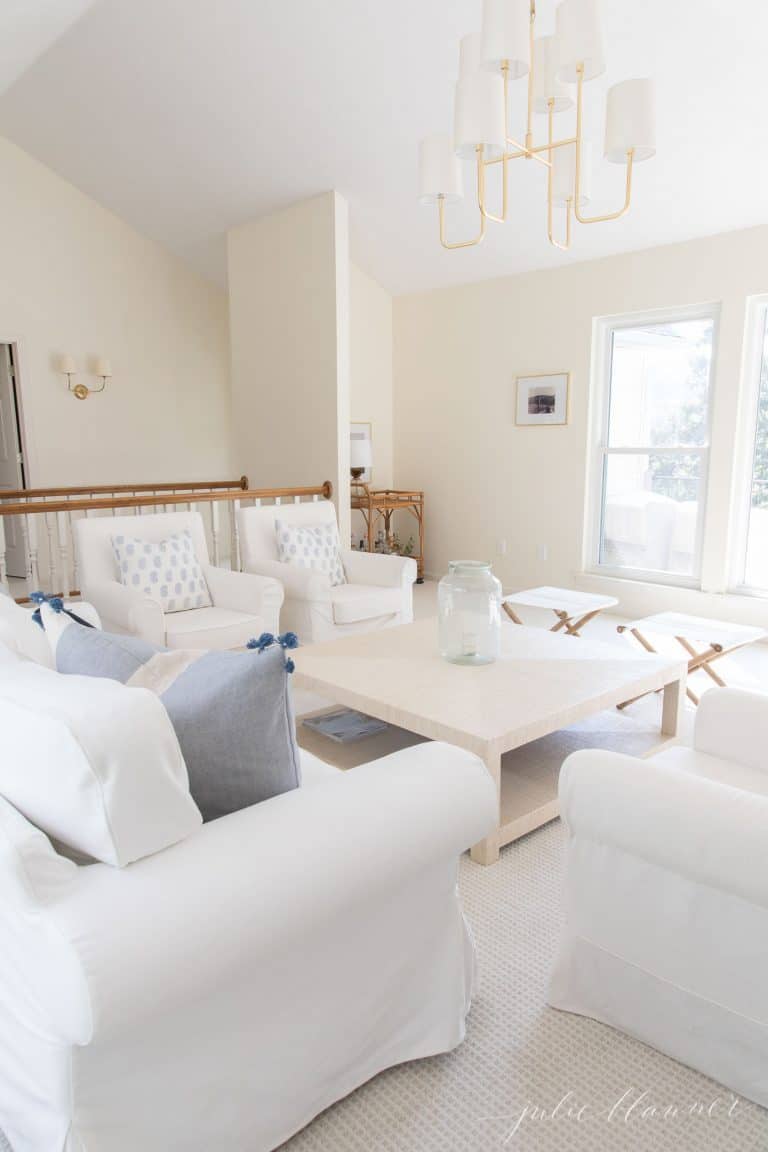

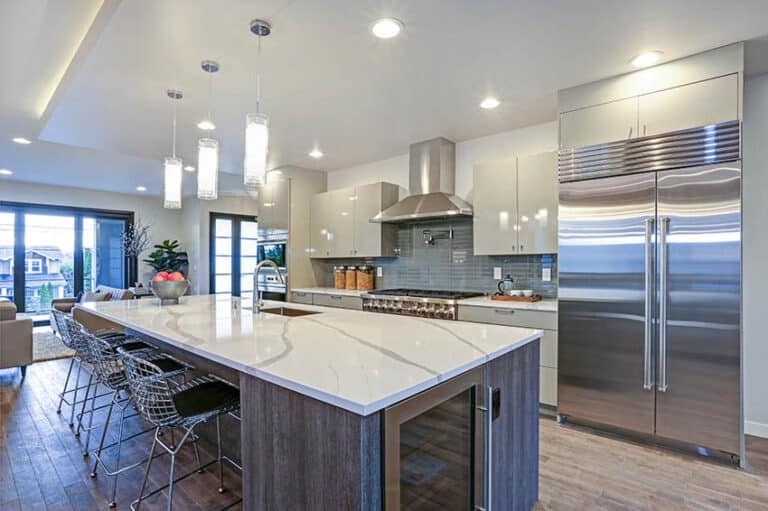


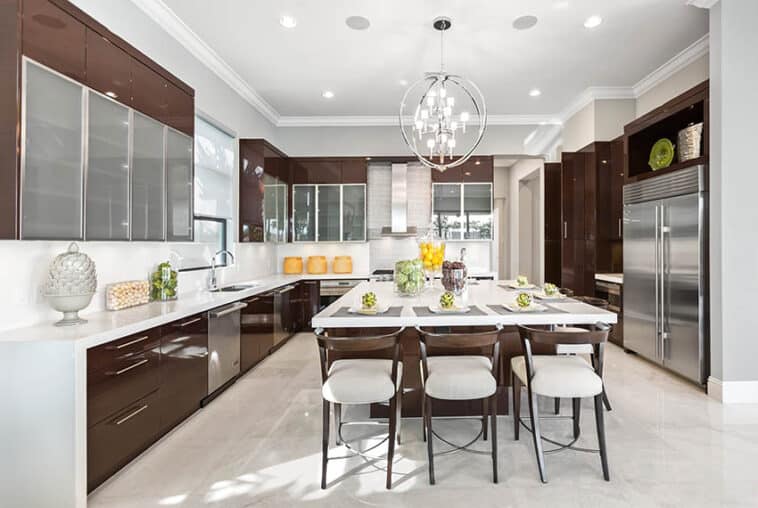


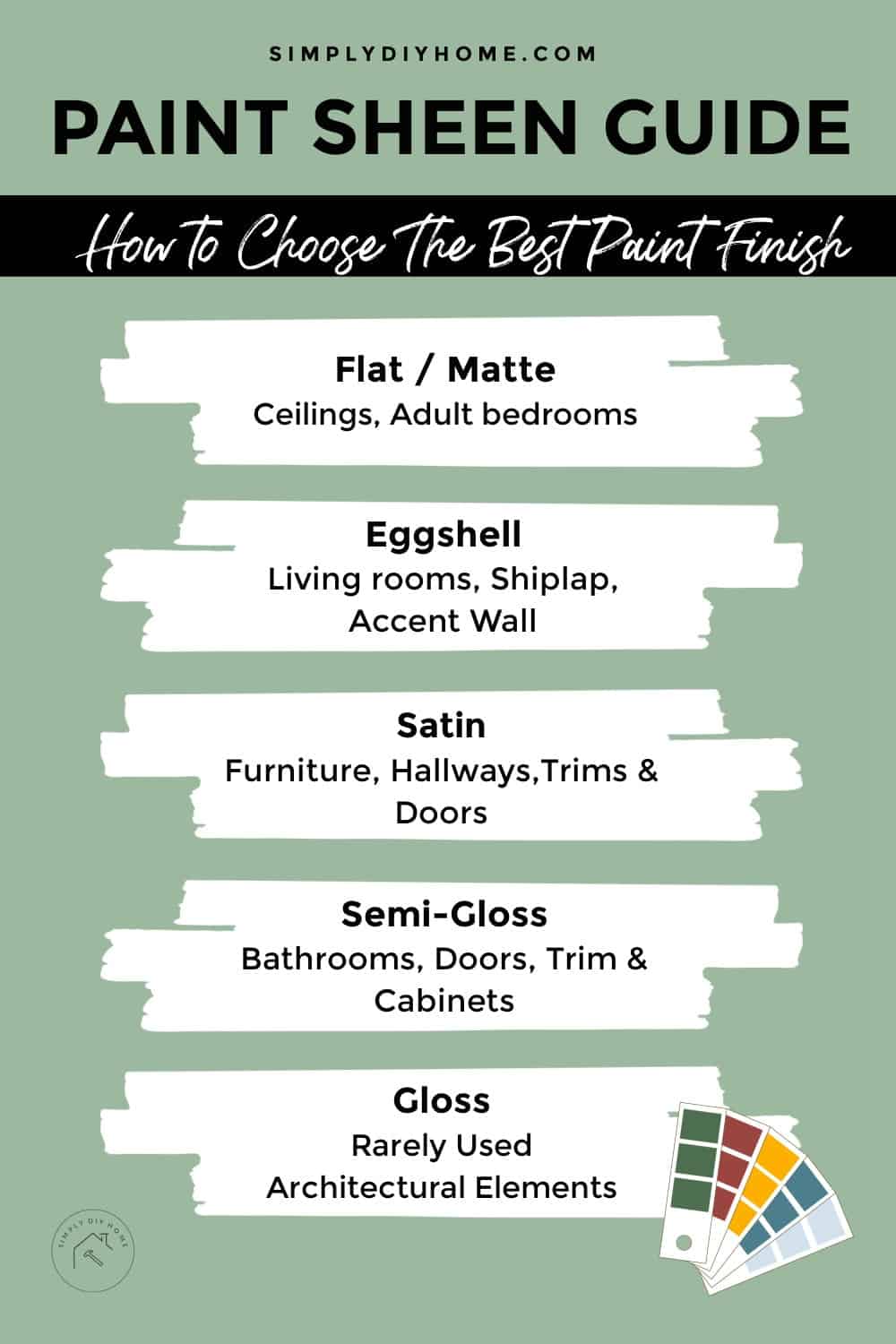



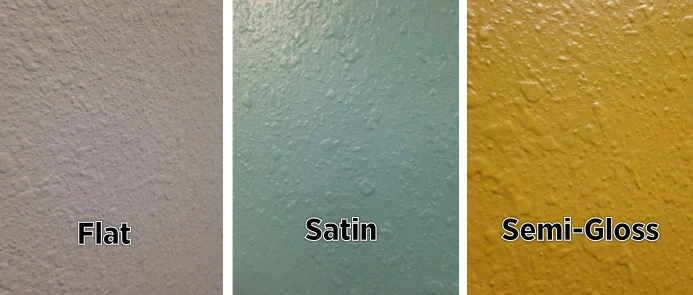
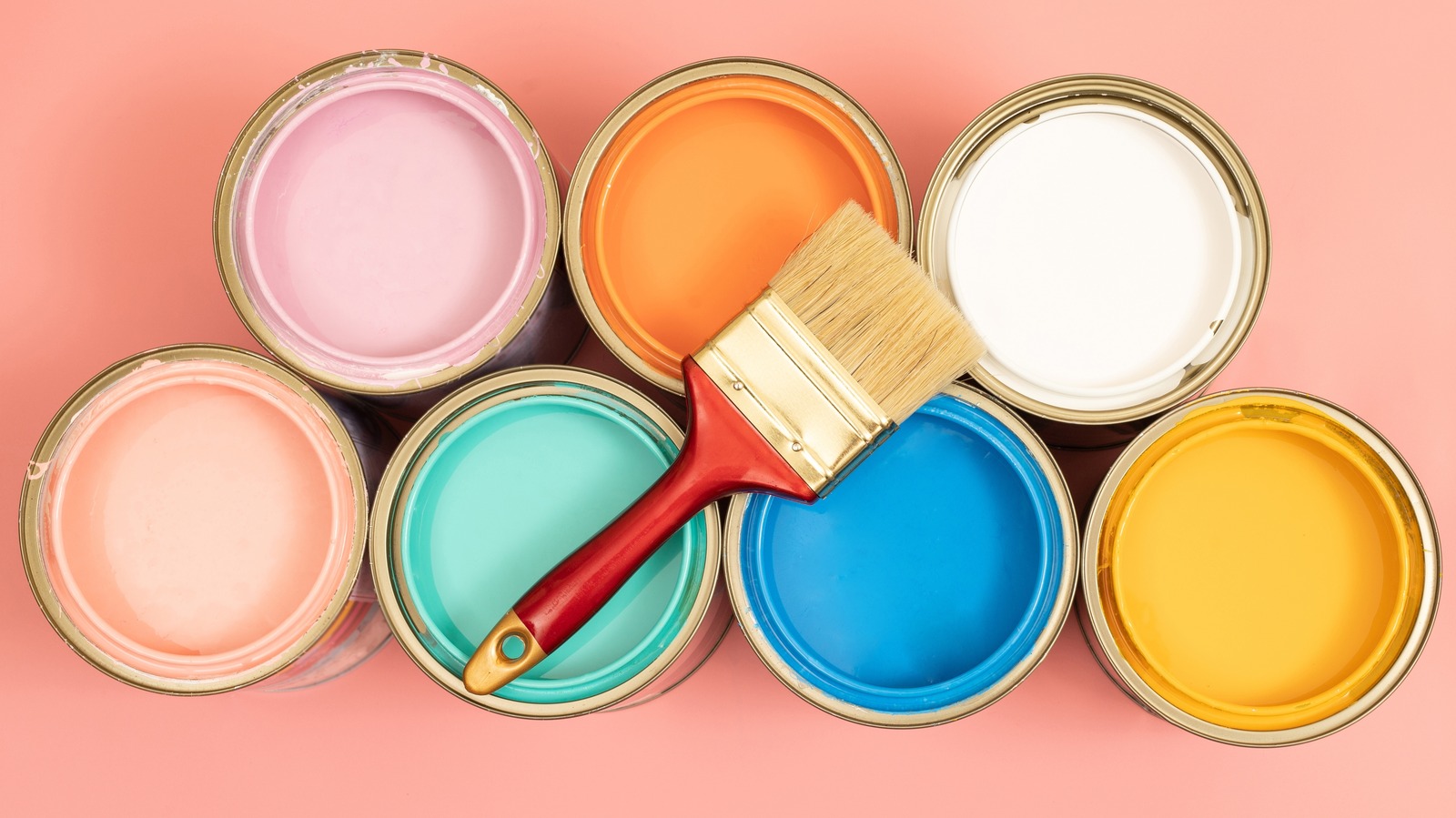

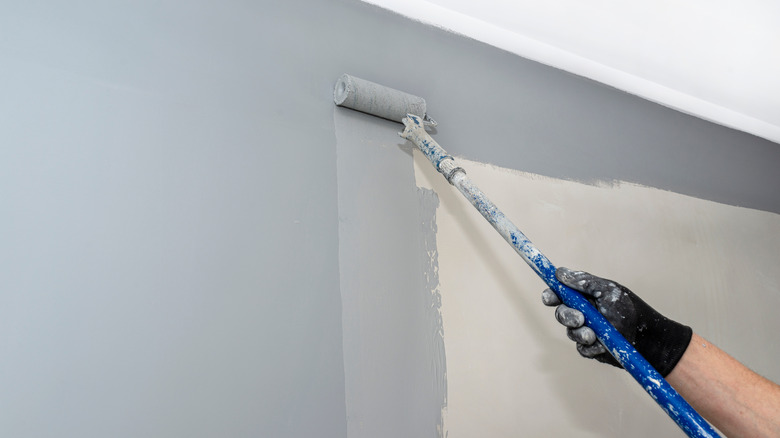







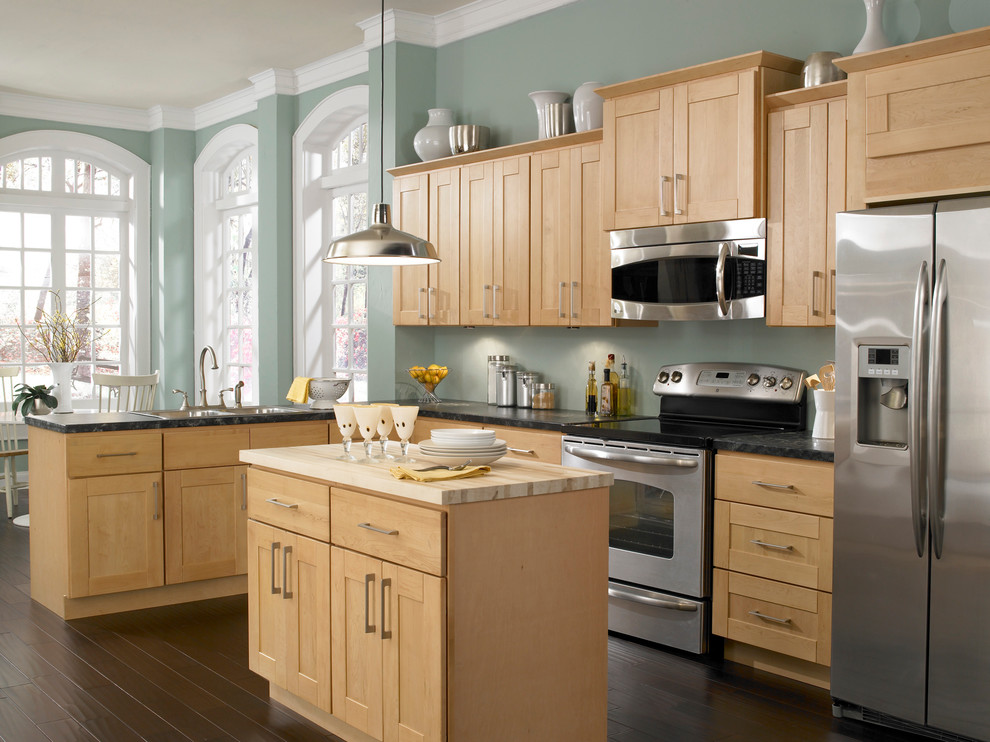






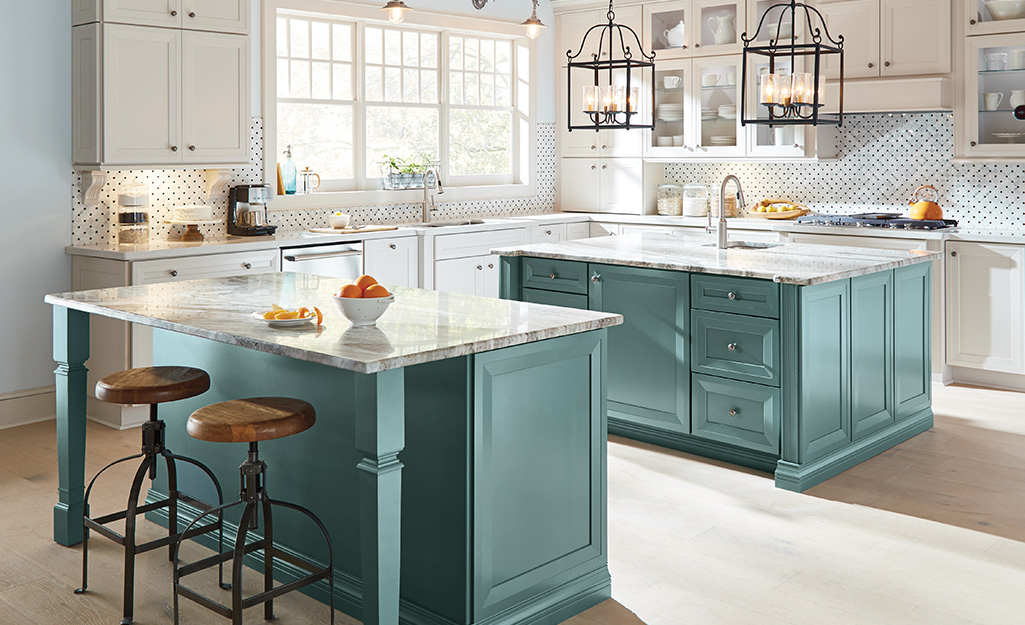
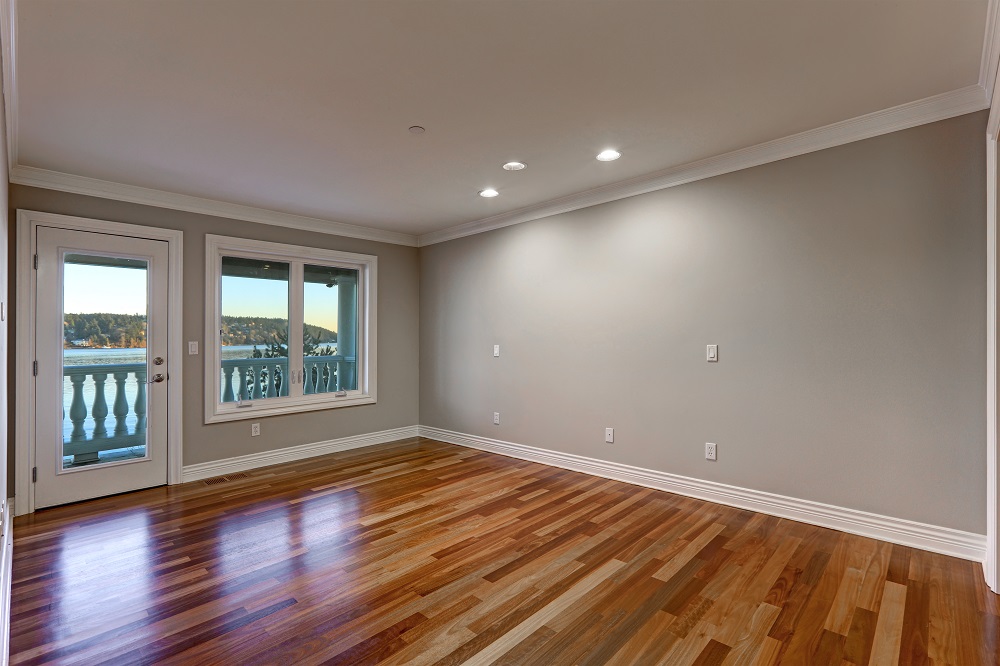


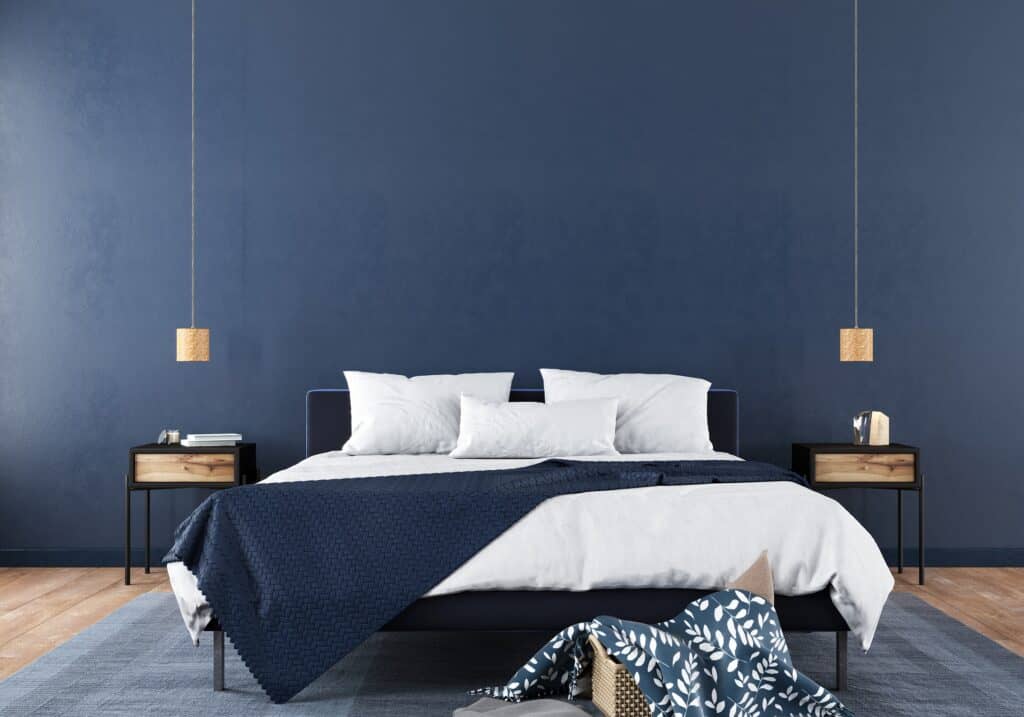







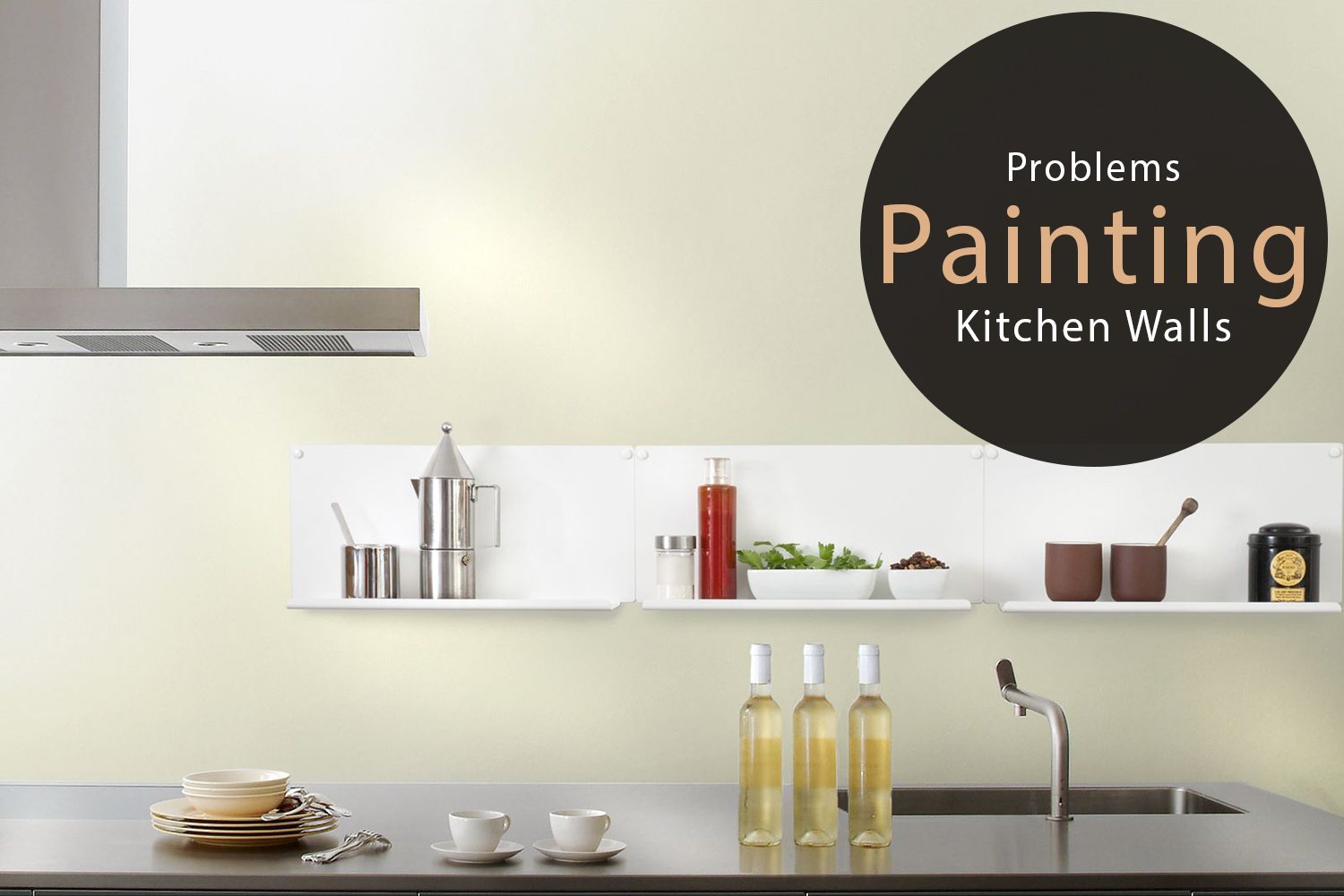




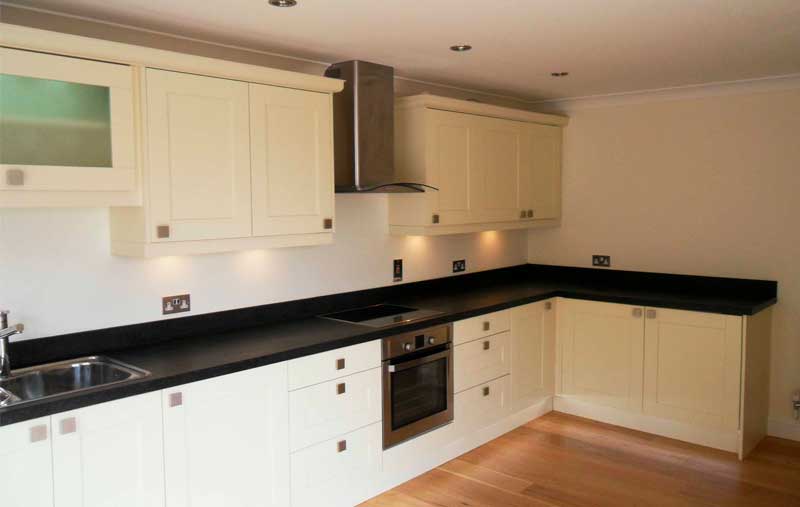

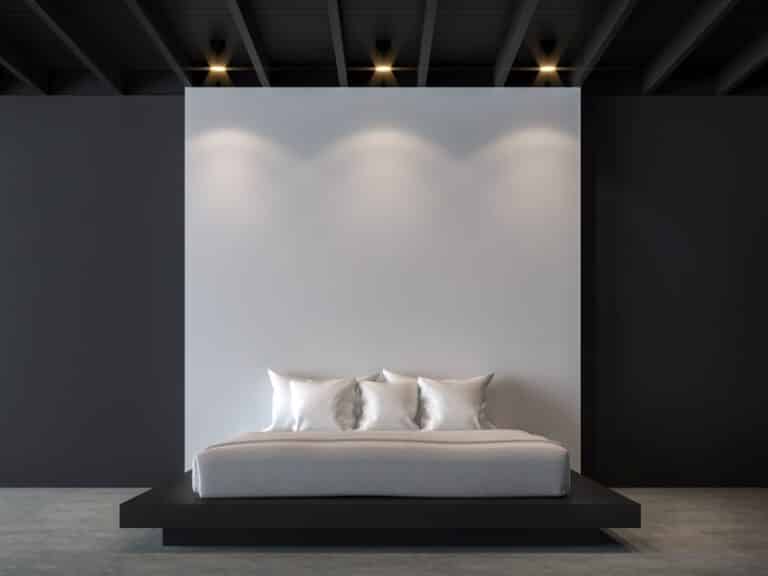






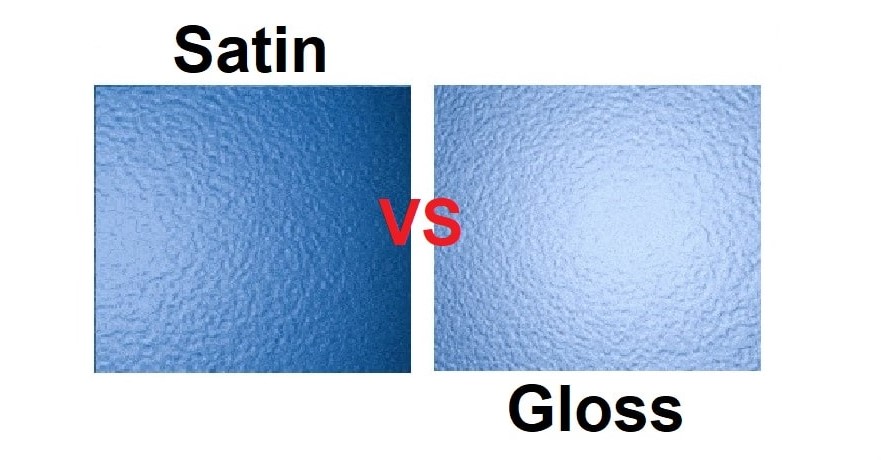
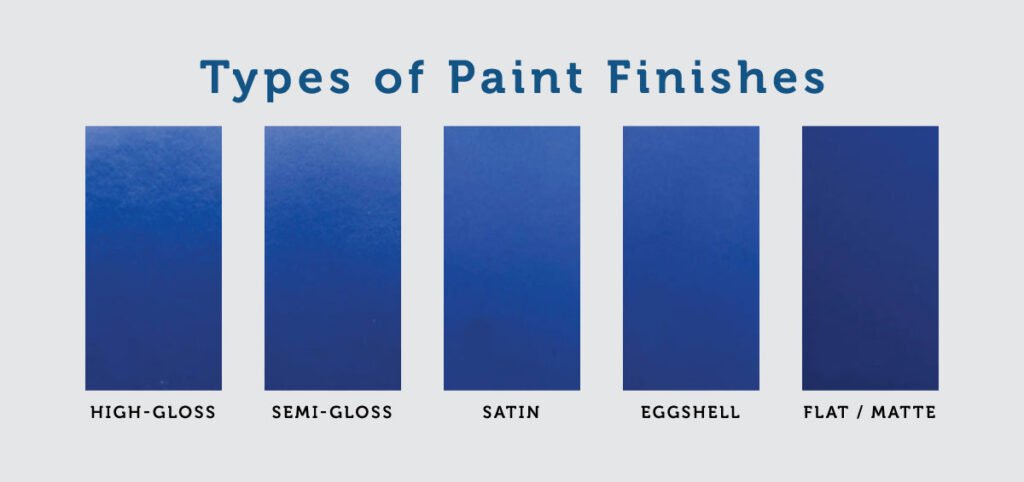
:max_bytes(150000):strip_icc()/Green-and-white-beach-house-living-room-Donne-Elle-589907055f9b5874ee357ae4.png)
